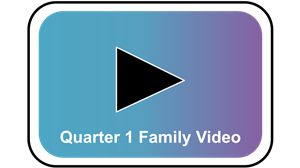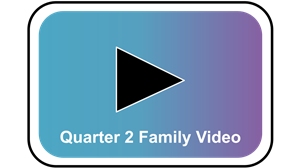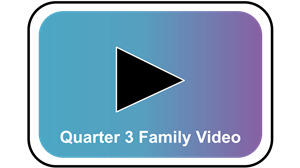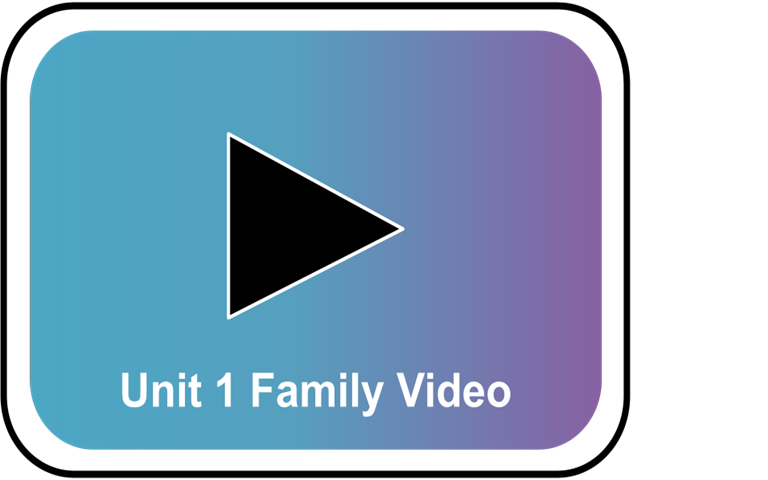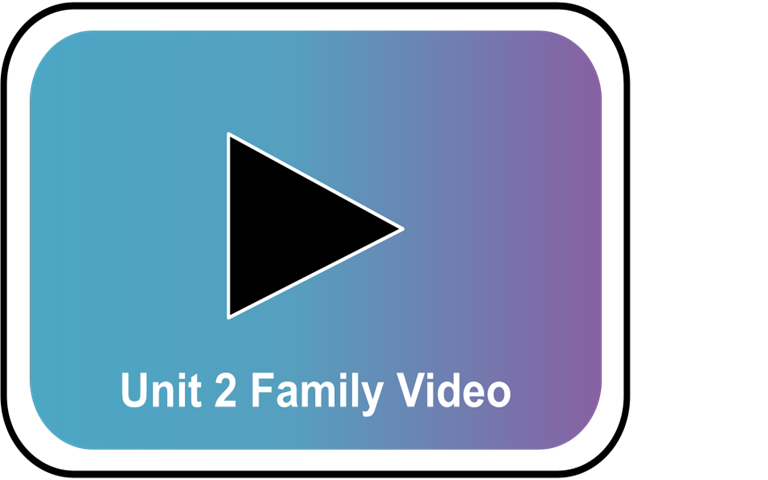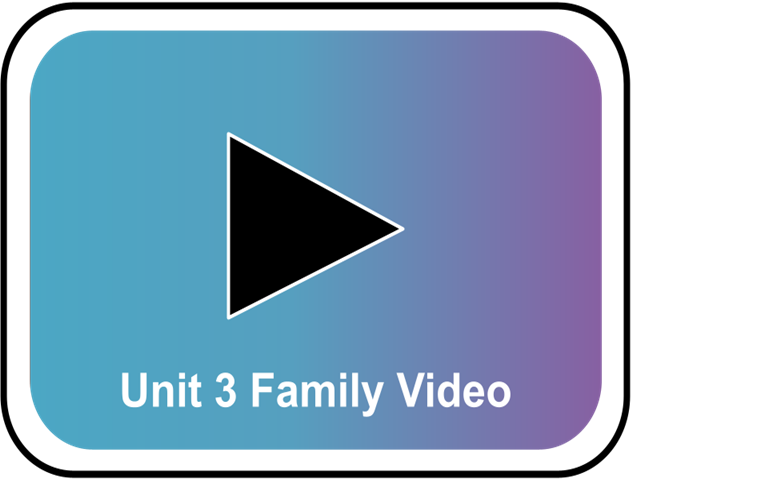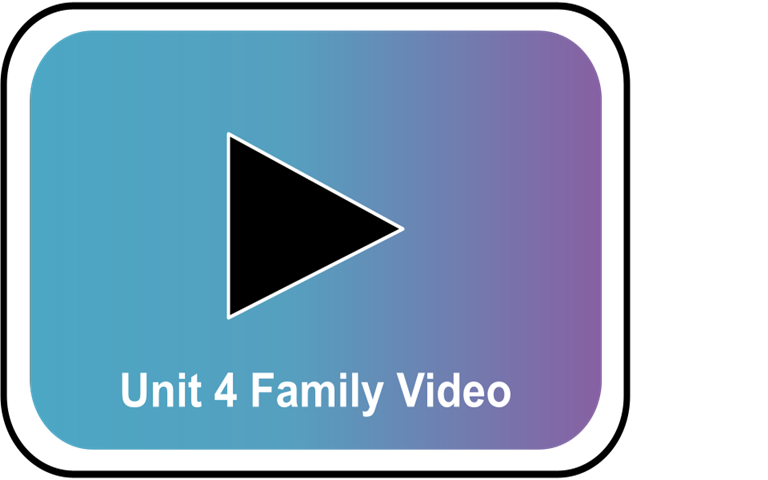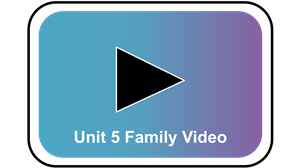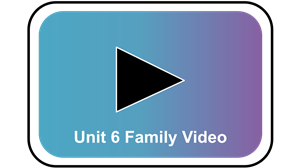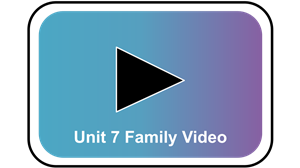Welcome to Second Grade!
-
Purpose of the Guide
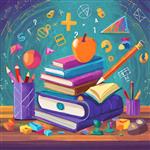 Students in Charlotte-Mecklenburg Schools follow the state of North Carolina’s expectations for what every student will know and be able to do by the end of their current grade level. This guide is designed to help you support your child by understanding those expectations, provide everyday activities to reinforce their learning at home and partner with their teachers throughout the school year.
Students in Charlotte-Mecklenburg Schools follow the state of North Carolina’s expectations for what every student will know and be able to do by the end of their current grade level. This guide is designed to help you support your child by understanding those expectations, provide everyday activities to reinforce their learning at home and partner with their teachers throughout the school year.
This guide includes… Key Skills for Reading and Math
Key Skills for Reading and Math-
- Understand the most important things your child should know and be able to do by the end of the school year.
 Questions to Ask Your Child
Questions to Ask Your Child-
- Engage in conversations with your child using these suggested reading and math questions.
 Topics to Discuss with the Teacher
Topics to Discuss with the Teacher-
- Find sample questions and topics you might want to talk about with the teacher related to reading and math skills.
 Learning Activities
Learning Activities-
- Explore some easy ways you can support your child’s learning important reading and math concepts and skills.
 Words to Know
Words to Know-
- Learn some important words and acronyms used at school to “speak the same language”.
 Helpful Resources to Practice Skills at Home
Helpful Resources to Practice Skills at Home-
- Click the link to access a collection of reading and math resources aligned to your child’s grade level.
-
Resource Guides
-
Quarter 4
Module 4 Family Video
-
Determine the meaning of words and phrases in a text relevant to a grade 2 topic or subject area.
-
Read second grade level texts with accuracy, appropriate rate, and expression.
-
-
Quarter 1
- Students fluently add and subtract within 20
-
- Making Ten (Video)
- Online Game: 2nd Grade Addition within 20 Online game
- Use a deck of cards to practice subtraction!
- Base Ten Blocks (Video)
- Open Number Line (Video)
- Students add within 100 using place value strategies
- Students solve 2nd grade problem types
- Students must retell the content of the problem.
- Represent the problem with manipulatives or another representation
- And after students solve, they can return to the context of the problem to make sure it all makes sense.
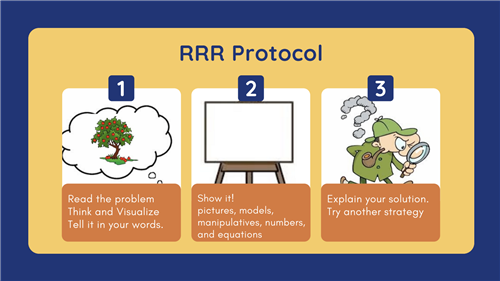
- Students work with Data
- Ask your student to measure objects around the house with a ruler or other measuring tool
- Questions to ask:
-
Why did you choose to measure that object using ___________ (feet, inches, centimeters, and so on)?
-
If you measured it using __________ (feet, inches, centimeters, and so on) would there be more or fewer of those units needed?
-
-
Quarter 2
- Students add and subtract within 100
- Students understand numbers to 1000
- Students work with measurement
- Hundreds Chart (Video)
- Open Number Line (Video)
- Spinning for Differences Printable Game
- Plus or Minus 10 or 100 Online Game
- Target 1000 Printable Game
- Digital Resources Hundreds Grid and Base Ten Blocks
- Units of Measurement
- Centimeters/ Meters Video
- Inches/ Feet Video
- Body Measurements Printable Activity
- Choosing a Measurement Tool Online Tool
- Measure It Twice Printable Activity
-
Quarter 3
- Add and Subtract within 1000 using models and strategies
- Students work with Geometry, Time and Money
-
Quarter 4
- Students Add and Subtract Within 1,000
- Students understand Equal Groups



